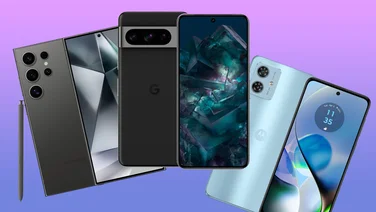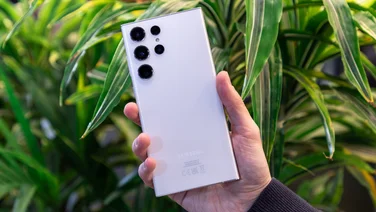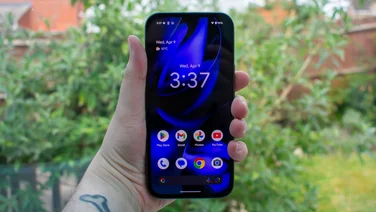To help us provide you with free impartial advice, we may earn a commission if you buy through links on our site. Learn more

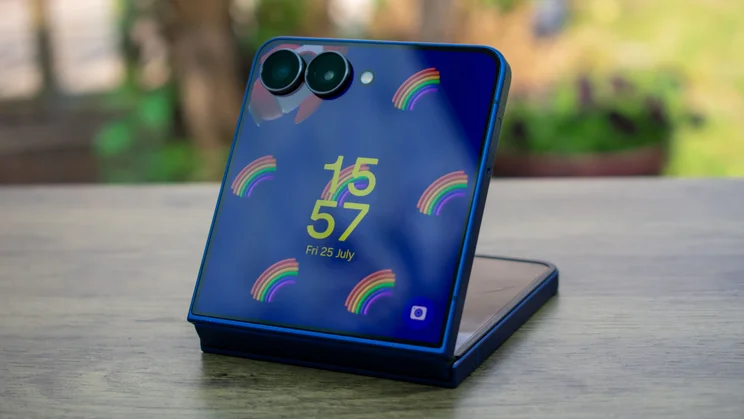
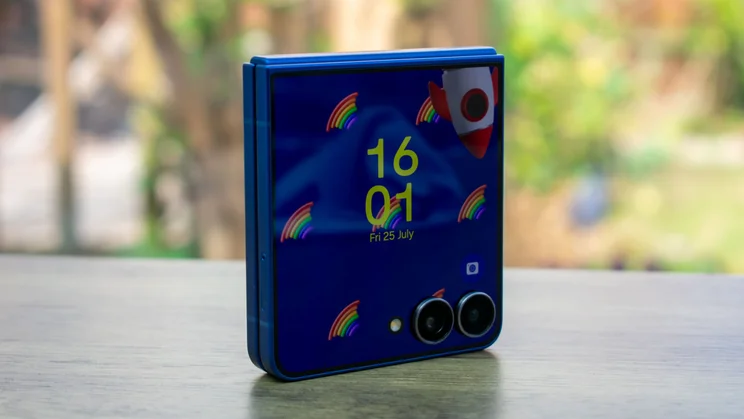
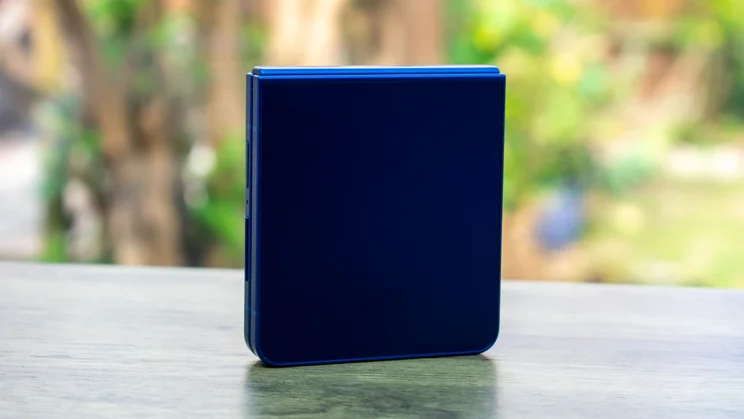
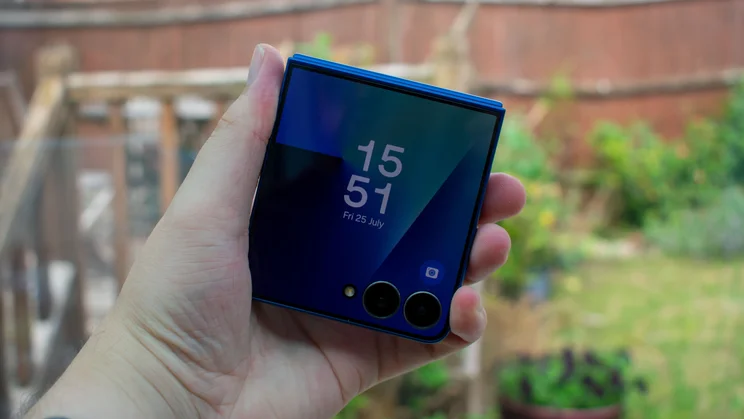
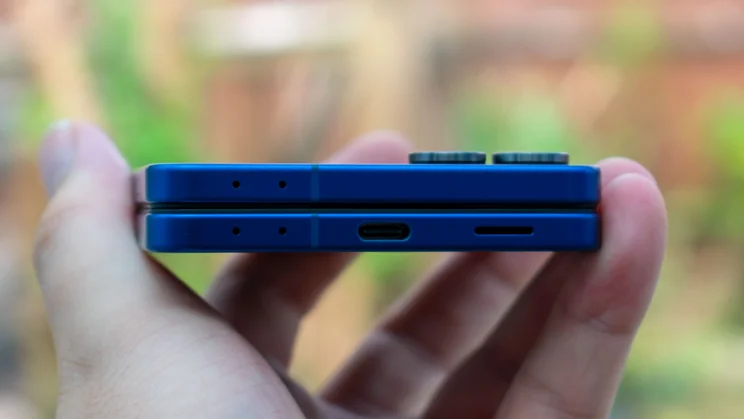
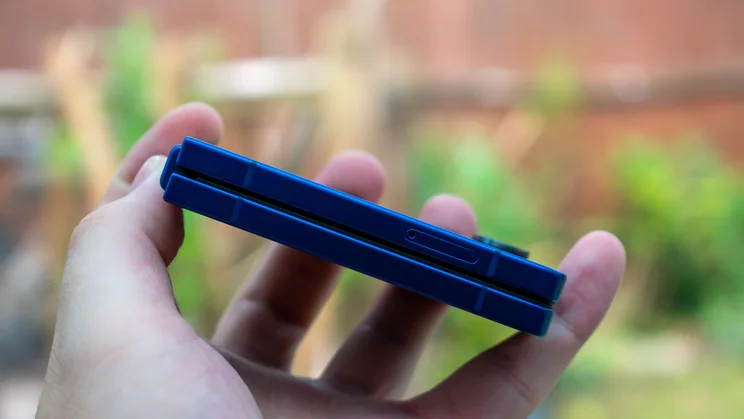
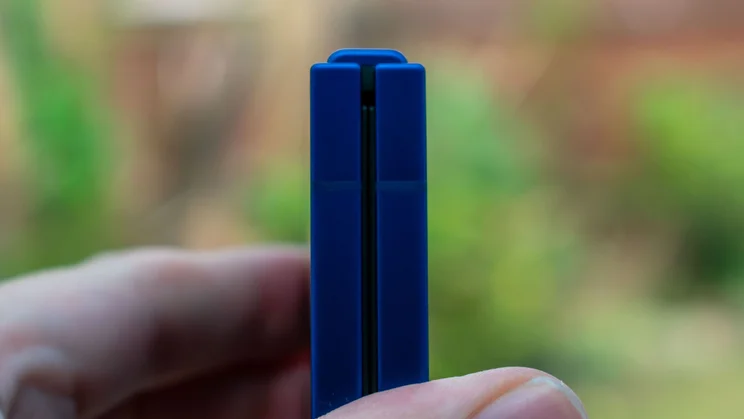

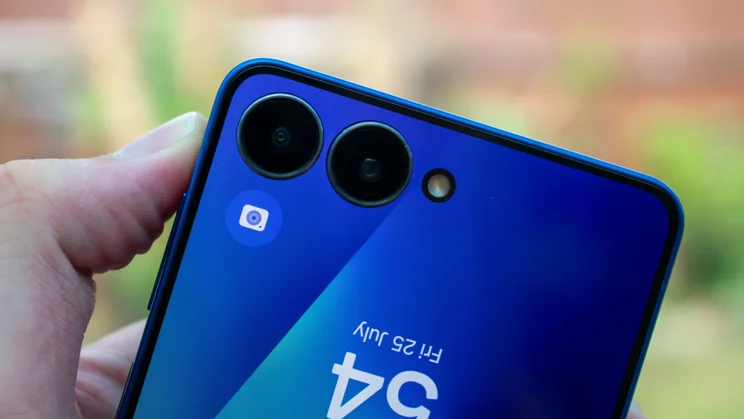
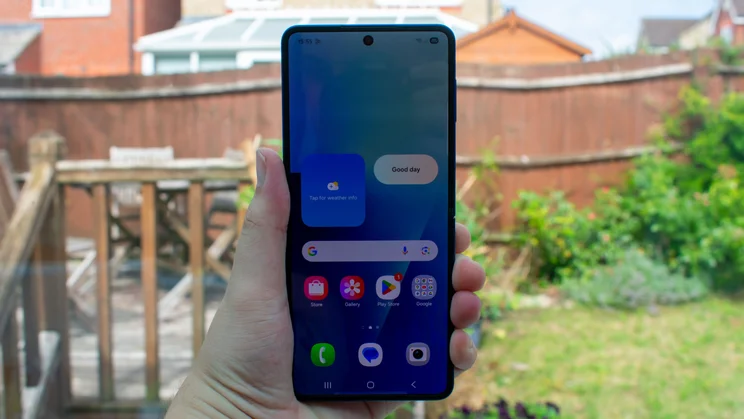

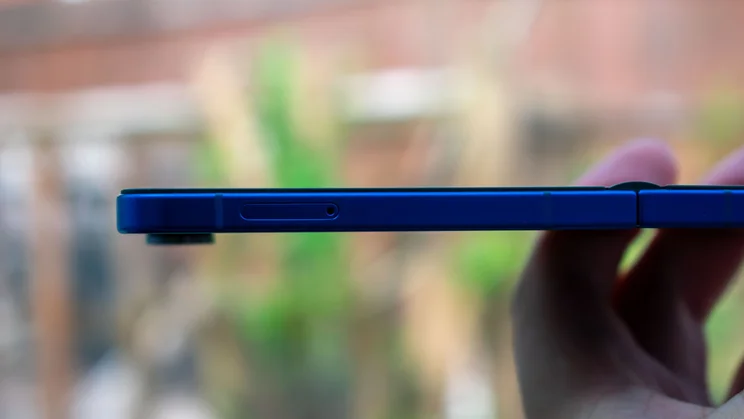
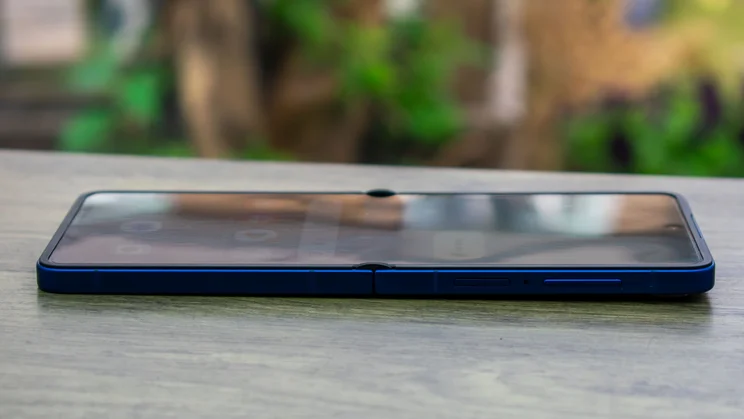
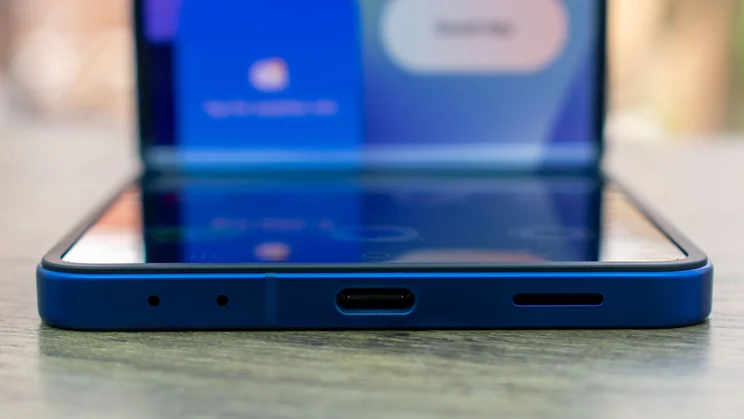
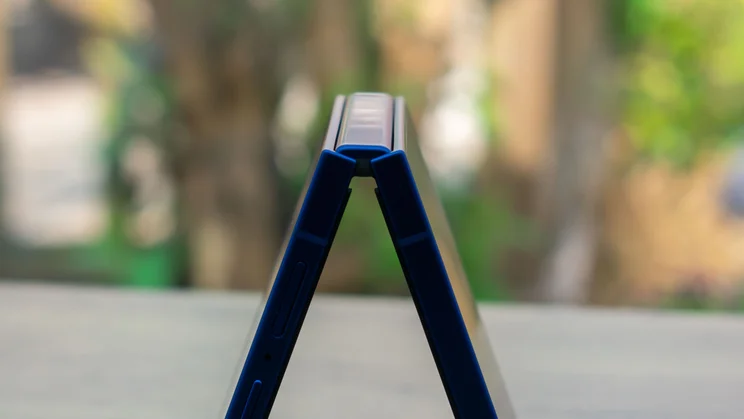
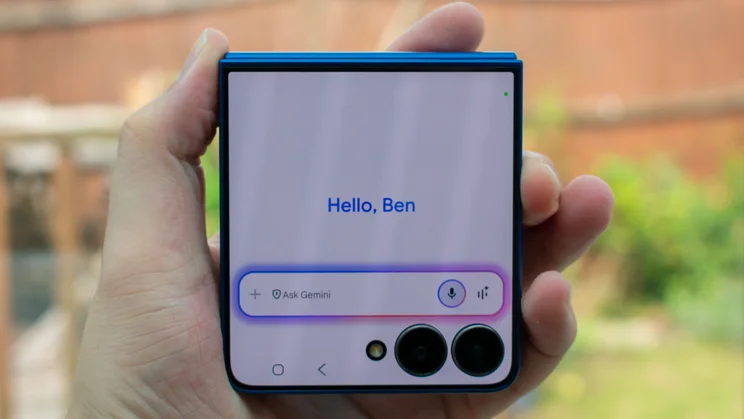
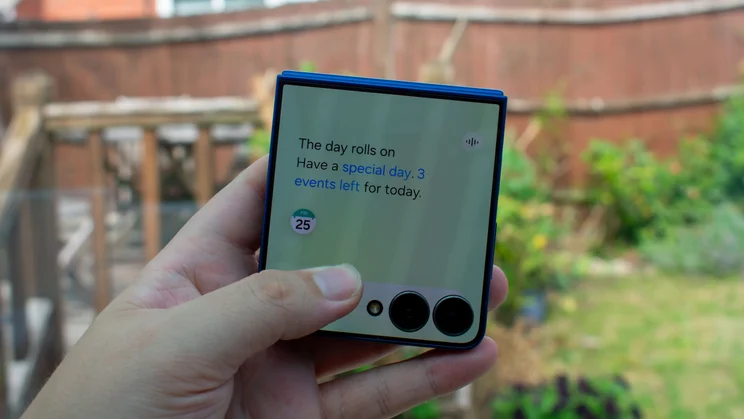
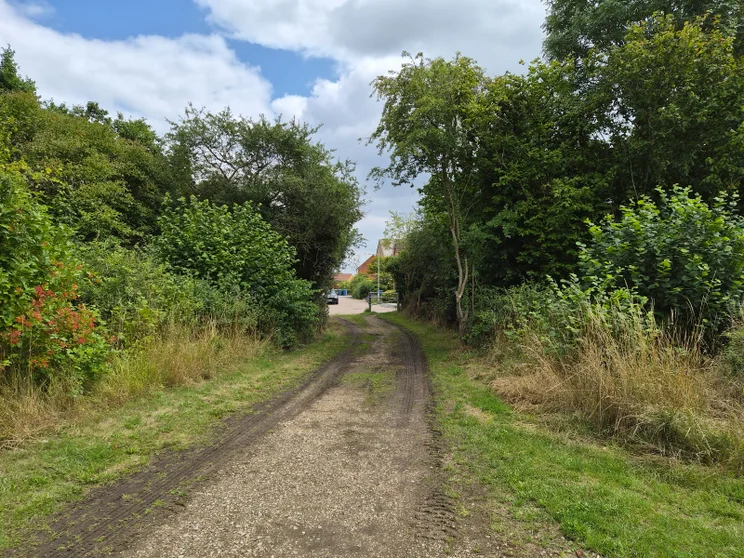
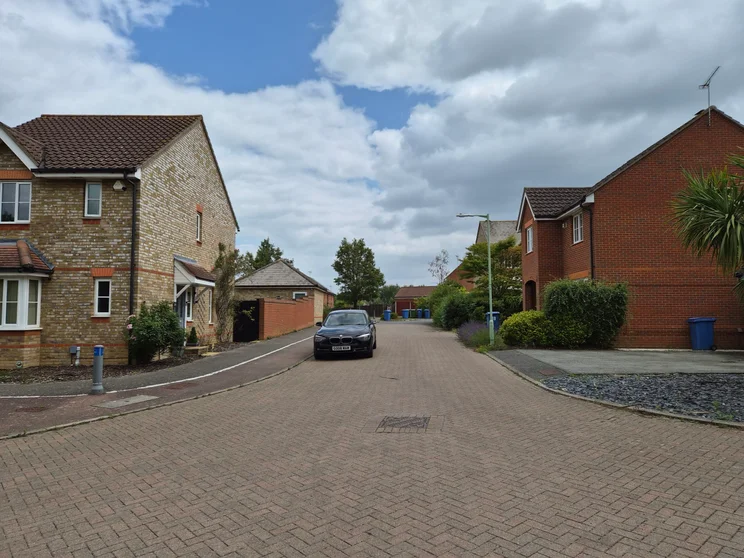
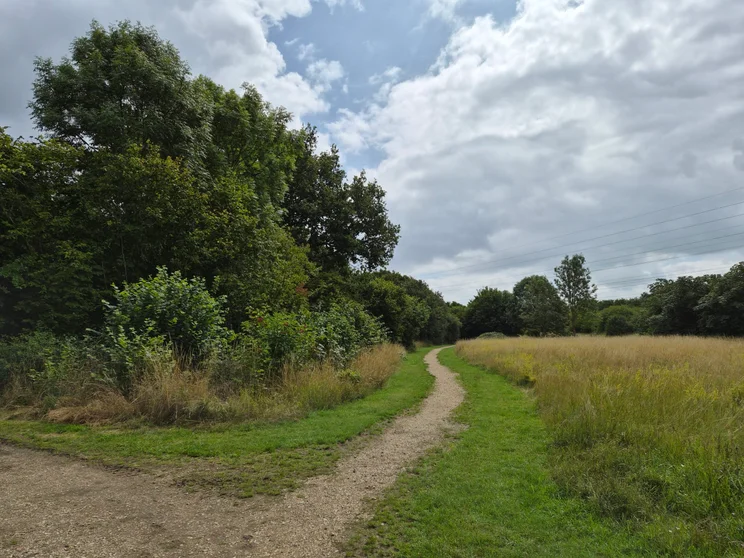
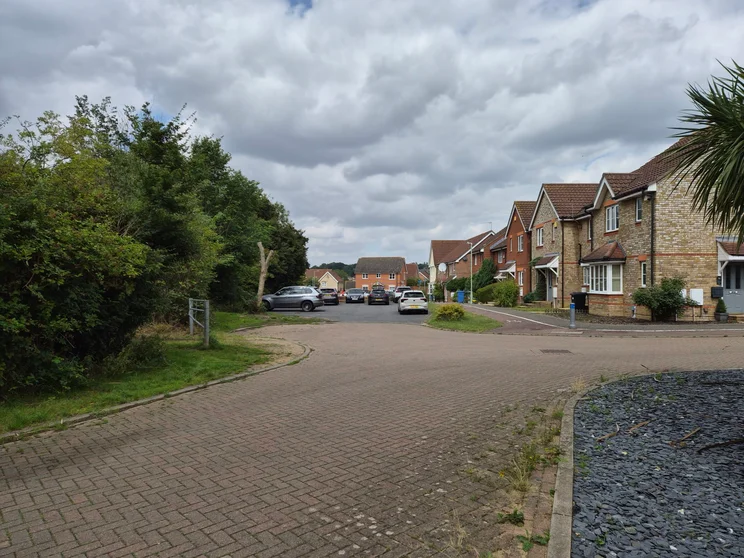
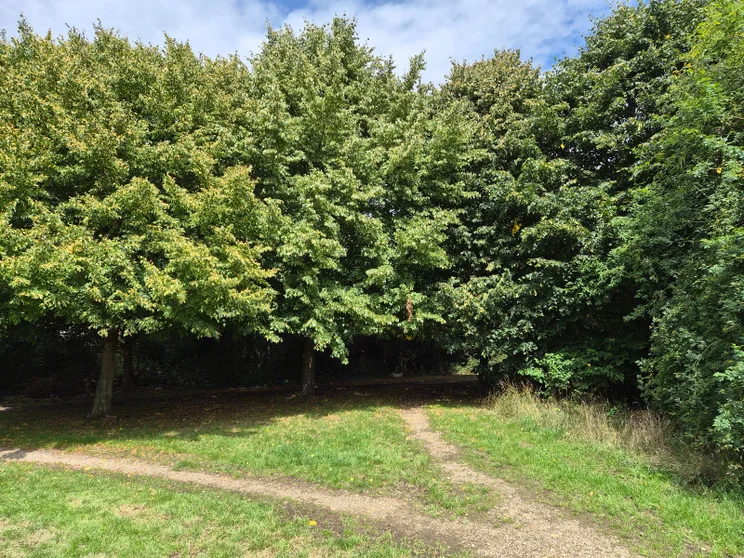
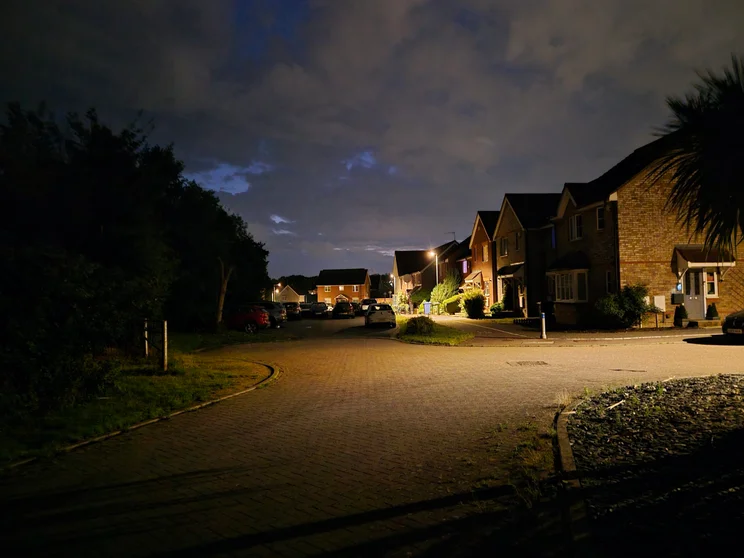
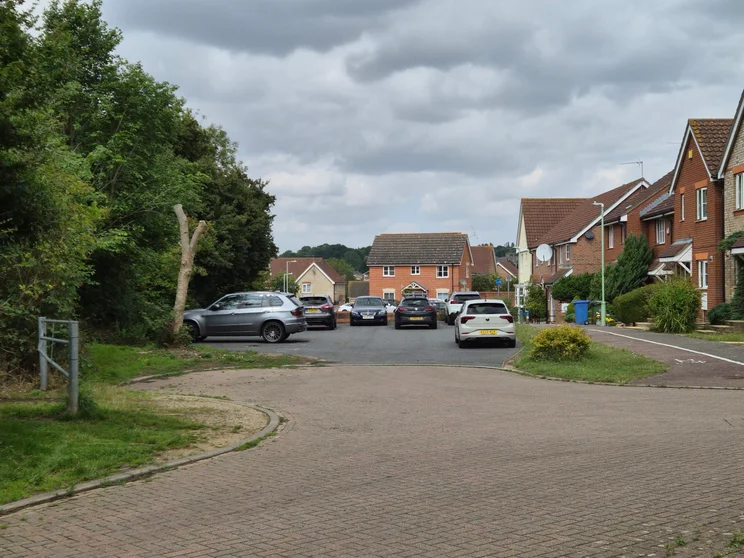
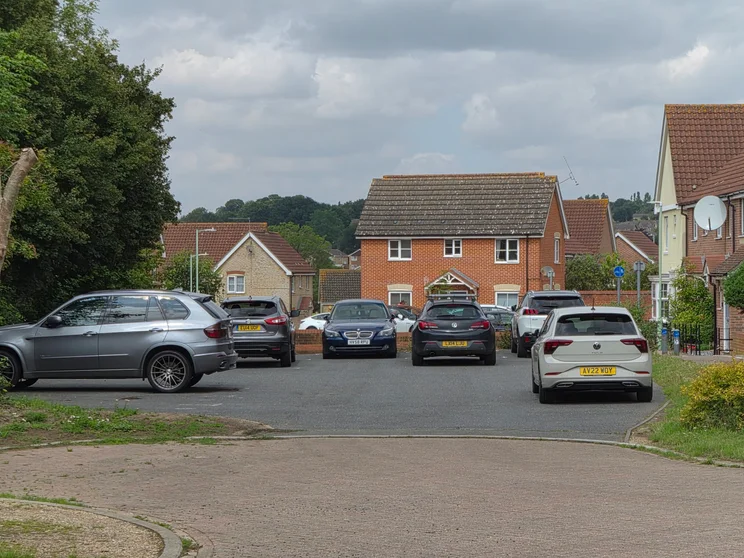
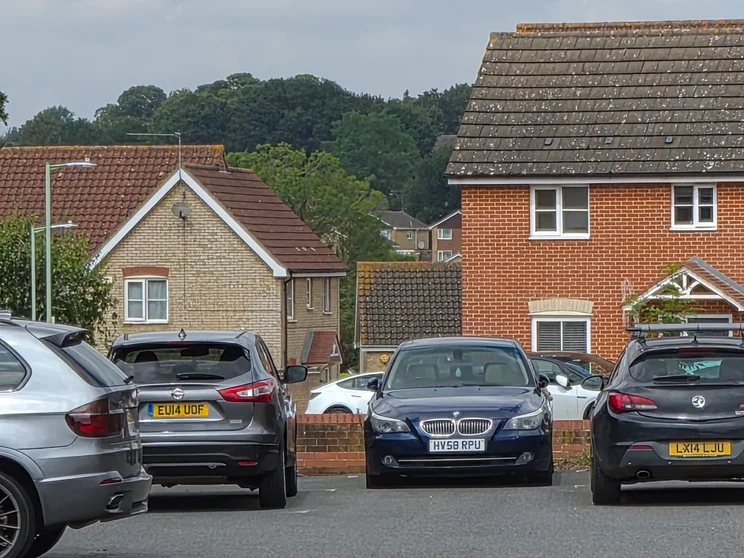
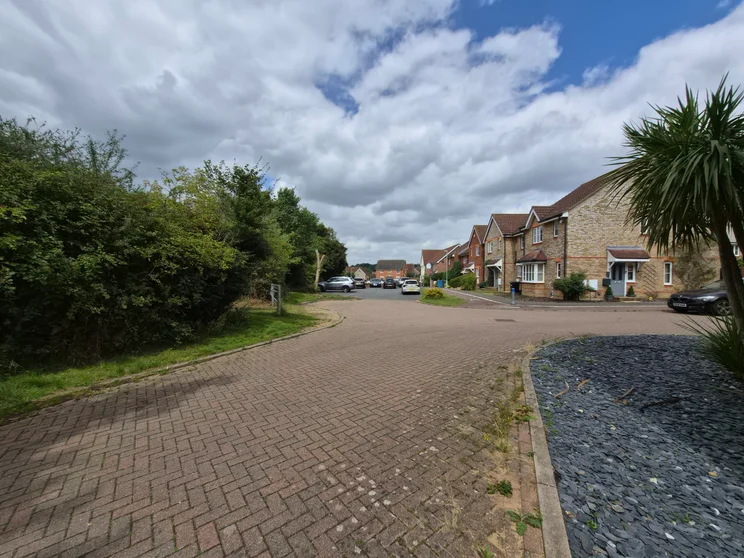
- Bigger cover display
- Seven years of software support
- Thinner, more elegant design
- Same cameras as last year
- The Razr 60 Ultra is faster
- … and has a better cover display
The Samsung Galaxy Z Flip 7 is the latest in a long line of clamshells that have been locked in fierce competition with Motorola’s Razr foldable phones. While Samsung’s superior software support and higher-end chipsets give its handsets a broader appeal, things have been shifting in the past few years – and it appears that Samsung knows it.
Samsung has previously blazed its own trail, sitting pretty as the top dog in the foldables game, but its decision to ape a particularly popular feature from Motorola’s Razr this year suggests it’s feeling the competition snapping at its heels.
Unfortunately, Samsung stopped copying Motorola’s homework before it got to the really good stuff. So while the Galaxy Z Flip 7 is a gorgeous and powerful phone with the best clamshell design on the market right now, it fails to take full advantage of the foldable format. Choose it if you prioritise style over substance; otherwise, stick with the Razr.
Samsung Galaxy Z Flip 7: What you need to know
The big Motorola-inspired change is the cover screen, which is now a larger 4.1in AMOLED panel that wraps around the cameras, instead of cutting off to accommodate them. The main display is a little larger, too, creeping up from 6.7in to 6.9in.




























There’s a new processor, too, with Samsung’s own 3.3GHz Exynos 2500 running the show. It’s backed up by 12GB of RAM and either 256GB or 512GB of storage. The battery is a little larger than last year, now a 4,300mAh cell, compared to 4,000mAh, but charging speeds remain at 25W wired and 15W wireless.
Also unchanged from the previous generation is the camera setup. On the rear, we have the same 50-megapixel (f/1.8) main camera and 12-megapixel (f/2.2) ultrawide, with a 10-megapixel (f/2.2) selfie shooter sitting in a hole-punch notch in the internal display.
Price and competition
Just as we saw with the full-size Galaxy Z Fold 7, Samsung has kept the Z Flip 7’s starting price the same as last year. £1,049 gets you the 256GB model while the 512GB version costs £1,149 – though at the time of writing, you can get the 512GB for the same price as the 256GB in an introductory offer.
Competition is fairly slim for these clamshell foldables – major folding phone brands like Google and Honor don’t currently have a device in contention – so the market is essentially a two-horse race.




























Up against the Galaxy Z Flip 7 is Motorola’s Razr 60 Ultra, which is currently a little cheaper, at £1,037, and comes with 16GB of RAM and 512GB of storage. Performance is better, and the cover display is more versatile than the Galaxy’s, but it lacks the seven years of software support offered by Samsung.
If you fancy something a little cheaper, there’s the Samsung Galaxy Z Flip 7 FE this year, which is essentially the previous generation model with a fresh makeover. Performance and cameras are solid, and you get the same software support as the flagship model, but the design is a little more clunky. It costs £849 for the 128GB model and £909 for the 256GB.
Design and key features
As is the trend with foldable phones, the big design difference here is a slimming down from last year’s dimensions. The Galaxy Z Flip 7 is 14mm thick when folded and 6.5mm unfolded, compared to the Z Flip 6’s 15mm and 6.9mm. It weighs around the same, however, at 188g.




























The sturdy Armor Aluminium frame keeps the phone feeling nicely robust, even with the more svelte profile, and we’ve again got Gorilla Glass Victus 2 on the front and back (when folded) for scratch protection.
The dust and water resistance rating is the same as last year (IP48), too, certifying the Z Flip 7 as able to withstand a dunk in 1.5m of water for up to 30 minutes and resistant to ingress from particles over 1mm in diameter. It would have been nice to see Samsung finally getting flip phones dust-tight, but this is, at least, on par with the Razr 60 Ultra’s rating.




























One thing that stood out during testing was that, while the hinge is smooth enough in operation, it lacks the hold range of its predecessor. I tested the Z Flip 7 alongside the Z Flip 7 FE, which uses the same hinge as last year’s Z Flip 6, and found that the newer hinge tended to snap fully open when it passed an angle of around 110 degrees, whereas the Z Flip 7 FE happily sat at a 135-degree tilt.
Much better than last year, however, is the colour selection. I’ve previously criticised Samsung handsets for being a bit drab and muted, but that is not the case here. My review unit came in the luxurious Blue Shadow style, but you can opt for the striking CoralRed or more traditional JetBlack from any retailer, while the more subdued Mint style is available exclusively from Samsung.com.




























Like the Galaxy Z Fold 7, the Z Flip 7 runs Android 16 out of the box, topped by Samsung’s OneUI 8.0 launcher. This software is solid enough – barring frustrating design choices like not organising the app drawer alphabetically as standard – but the real benefit here is the seven years of software support.
This is the main advantage Samsung has over Motorola, which is only pledging three years of OS updates (one of which is the leap to Android 16, which the Galaxy Z Flip 7 starts with) and four years of security patches for the Razr 60 Ultra.
Displays
Samsung has finally taken a leaf out of Motorola’s book and expanded the cover display to wrap around the camera and near-enough fill the entire front of the phone. This 4.1in panel is now the largest cover screen on any flip phone, looks much more sleek and gives you more space to interact with the various widgets that you can set up – but it’s still a half measure.




























For me, the true strength of Motorola’s Razr cover display has long been the customisation, allowing you to set the vast majority of your apps to open on the external display. Samsung’s selection of widgets is decent, but the absence of favourites such as WhatsApp, Maps and YouTube – all perfectly suited to quick glances or propped-up viewing – still puts it on the back foot compared to the Razr 60 Ultra.
You can technically finesse more functionality out of the cover screen by fiddling with the settings and downloading an additional app but this level of “hacking” feels laborious and aggressively unnecessary when Motorola gives you free rein from the get-go.
The 6.9in foldable AMOLED 2X panel is just as strong as last year, with bold colours, excellent contrast and a deep, inky black level. It gets brilliantly bright, as well, hitting 683cd/m2 on manual brightness (with the extra brightness option enabled in the display settings) and topping out at 1,317cd/m2 on adaptive brightness with a torch shining on the light sensor.




























As mentioned, the colours are generally punchy and vibrant on the default Vivid colour profile, but switch over to Natural for a bit of sRGB authenticity, and the results are mixed. The gamut coverage of 97.8% and volume of 101% are decent enough, but the average Delta E colour variance score of 1.53 is a little far from our target of 1 or under. Still, it’s better than the Z Flip 6 (1.91) and far from disparate enough to make colours look odd.
Performance and battery life
The past few generations of Z Flip phones have used the top-end Snapdragon chipset, delivering impeccable performance that surpasses the competition every time. It was a surprise, therefore, to see Samsung eschewing the Snapdragon 8 Elite this year, in favour of its home-cooked Exynos 2500.
This deca-core chipset is clocked up to 3.3GHz and delivers a decent uptick in performance compared to the Galaxy Z Flip 6. In the Geekbench 6 CPU tests, it scored 9% higher in the single-core benchmarks and 24% in the multi-core benchmarks.
It doesn’t, however, match up to the Motorola Razr 60 Ultra, which uses the Snapdragon 8 Elite chipset to deliver the best flip phone performance we’ve ever recorded. With Geekbench 6 scores that are 25% and 12% better than the Galaxy Z Flip 7 (in the single and multi-core benchmarks, respectively), the Razr 60 Ultra is the superior choice for raw processing power.
We don’t see the same kind of progress on the GPU side of things, however. The Galaxy Z Flip 7 scored very similarly to its predecessor in the GFXBench tests, which is still very good, mind you. In practice, the Z Flip 7 ran Genshin: Impact on the maximum graphical settings smoothly enough and never warmed up to an uncomfortable degree.
The Motorola Razr 60 Ultra remains the better choice here, though, with stronger off-screen framerates indicating more powerful processing. But unless you’re an avid mobile gamer who needs the smoothest framerates from your 3D games, the difference will be negligible.
The 4,300mAh battery is only slightly bigger than the Z Flip 6’s 4,000mAh cell, but the Z Flip 7 offers much better battery life than its predecessor. Lasting for 31hrs 12mins in our standard test, the Z Flip 7 kept going for nearly seven hours longer than the Z Flip 6, lasting for roughly the same amount of time as the Razr 60 Ultra.
As we’ve got a bigger battery but the same charging speeds, it follows that the charging is a little slower than last year – but not by much, at least. 30 minutes on charge brought the battery from empty to 50%, while a full charge took around 1hr 30mins. By comparison, the Razr 60 Ultra’s 68W charging achieves a full charge (with a larger battery) in 47 minutes.
Cameras
Having the same cameras as last year isn’t necessarily a bad thing; it’s just a shame to see no improvements for the new generation. The 50-megapixel (f/1.7) main camera is still a beautiful shooter, producing punchy colours and rich dynamic range in good lighting.

Night photography is decent, too, with the optical image stabilisation (OIS) helping to keep the shot steady and pick out plenty of fine details. Colours are natural, too, and big blocks of darkness are relatively free of visual noise.

The 12-megapixel (f/2.2) ultrawide is about as good as it was last year. The colour tone is broadly in line with the main sensor and detail in the middle of resulting images is solid, though the tricky edges continue to struggle with clarity.

One area in which we do see a bit of movement is video, with Samsung adding support for 10-bit HDR and LOG recording. There’s no 8K option, which the Razr 60 Ultra does offer, but this is still a niche feature, so its absence doesn’t feel like much of a black mark.
Samsung Galaxy Z Flip 7: Verdict
It’s an interesting shift for Motorola to be the brand further ahead in the performance stakes, an area in which Samsung usually reigns supreme. I don’t, however, think it changes the dynamic much. The Razr 60 Ultra was already the better choice for anyone who wants greater customisation for their cover screen – a far more pressing concern than Geekbench results, in my opinion.
If you don’t care that much about using the cover screen beyond widgets (or are happy to side-load them via a third-party app), there’s a fairly strong argument for choosing the Z Flip 7 this year. The design is impressively slim and sturdy, battery life is very good, and the extensive software support remains unmatched.
If the cover screen were less restrictive, it would be a slam-dunk for Samsung. As things stand, however, I’m still recommending the Razr 60 Ultra over the Galaxy Z Flip 7, because Motorola makes far more of the foldable format.



